From a luxury hotel that chauffeurs guests in a vintage Rolls-Royce to an excellent French-inspired bakery that hosts cooking classes, exploring the east side of Tokyo promises to surprise and delight
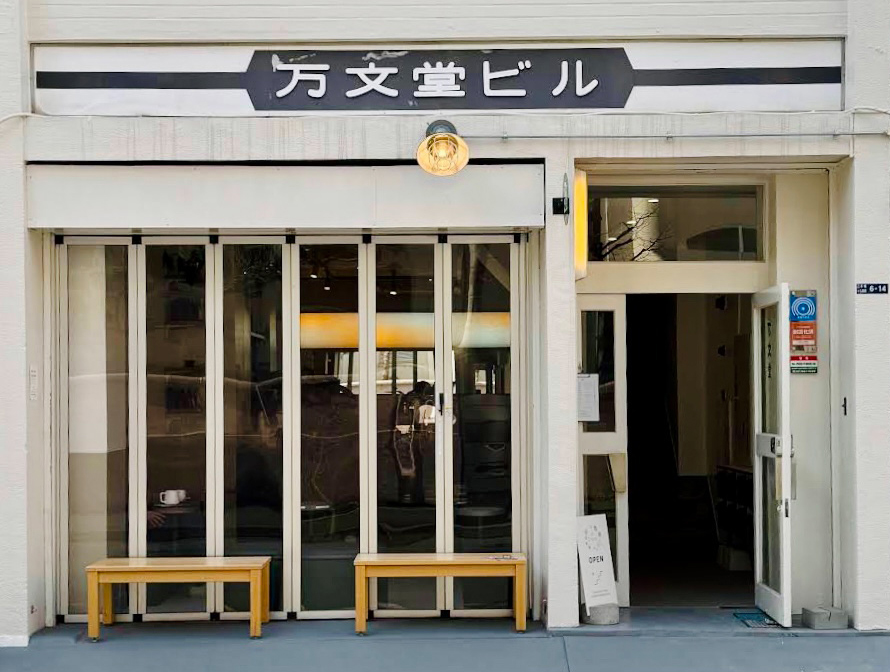 By Andrew Maness
By Andrew Maness
At first glance Tokyo is an intimidating city, even for the seasoned traveler. There’s so much to see and do at every turn, it’ll make your head spin. Following our recent visit we’ve opted to split our latest Word of Mouth for Japan’s capital into two parts: Tokyo East and Tokyo West. These are our terms for the neighborhoods included and by no means a definitive way to look at Tokyo. It does help, however, to think of “Tokyo East” as everything east of Chiyoda where the Imperial Palace sits and “Tokyo West” as everything west of it. This is especially helpful for first-time visitors or the directionally challenged, especially when looking at a map.
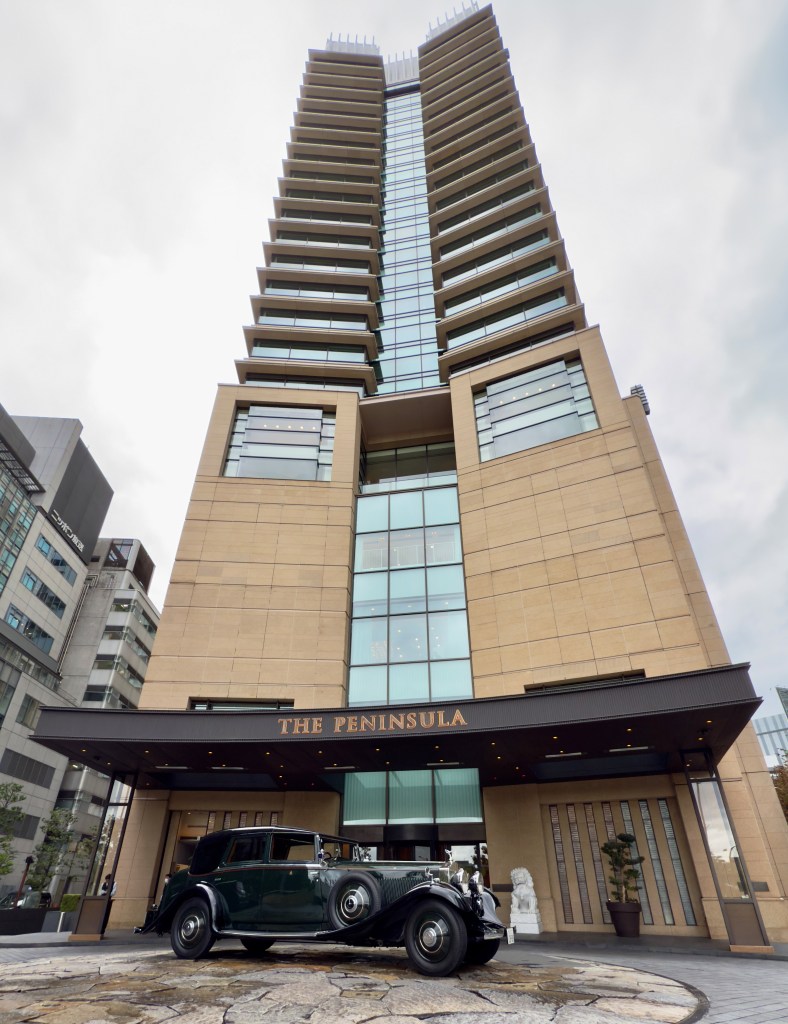 By Andrew Maness
By Andrew Maness
The Peninsula Tokyo
Since its 2007 grand opening, The Peninsula Tokyo has established itself as a magnetic force in the city’s luxury hospitality landscape. International travelers and discerning locals alike gravitate toward this landmark at the entrance to the Marunouchi and Ginza districts, known for its incredible design and distinctive services. Whether they’re drawn to its legendary afternoon tea service and the culinary artistry that defines its multiple dining venues, visitors view The Peninsula Tokyo as both a cultural hub and a haven for overnight guests.
Like many of the world’s best hotels, our experience began before we actually set foot on the property. Arriving at Tokyo Station mid-afternoon, we were greeted at the platform by one of The Peninsula’s many amazing team members and guided to a BMW 7 Series painted in the signature Peninsula Green. In addition to airport and train station transfers, these chauffeur-driven vehicles are also available for sightseeing tours around Tokyo, something we got a taste of in the freshly serviced crown jewel of the fleet, a 1934 Rolls-Royce Phantom II. For those who prefer to keep a low profile while maneuvering around some of Tokyo’s tighter streets, the hotel also has two MINI Cooper S Clubmans that suite guests can book for up to 3 hours with a chauffeur.
Arriving on the property, the collaboration between The Peninsula Hotels’ heritage of refined hospitality and contemporary Japanese design sensibilities is apparent, especially as you gaze at Kazukiyo Sato’s vision of a Japanese lantern turned into a towering hotel. Stepping into the iconic lobby, a story of understated elegance continues to unfold with rich marble surfaces catching natural light through towering windows, while carefully curated floral arrangements shift with the seasons to create an atmosphere that flows with Tokyo’s distinct rhythms. This Autumn the lobby will once again feature artwork by renowned father-and-son duo Shoryu and Yoho Hatoba titled “The Peninsula Tokyo + Kaede + Art” from 1 September to 30 October.
Like the grand hotels featured in great films and novels, the lobby transforms throughout the day. Morning brings business travelers settling into plush seating with coffee and newspapers. Afternoon sees elegant gatherings of friends and family around the famous three-tiered tea service while the house band plays jazzy music from their crow’s nest above the room. Evening casts a more intimate glow, perfect for pre-dinner cocktails or conversations that carry on late into the night.
For those seeking something more dramatic, Peter anchors the hotel’s culinary offerings from the 24th floor with sweeping views of the Imperial Palace Gardens, Hibiya Park and the glittering Tokyo skyline. Here guests can enjoy contemporary European cuisine thoughtfully interpreted through a Japanese lens, then follow the dining experience with an equally impressive beverage at Peter: The Bar. We’d recommend a traditional Negroni using KI NO BI dry gin from Kyoto, but there’s truly no wrong direction to go with their extensive spirits list and enthusiastic bartenders to guide you through it.
Whether you’ve spent the day exploring the city via the hotel’s direct metro system access or recharging at the 17,000 square-foot spa and fitness center, you’ve chosen well if your day ends with a room at The Peninsula. Boasting 314 impeccably appointed rooms, including 47 suites and two palatial suites, it offers true luxury in a familiar fashion with just about every convenience considered. There are certainly newer and trendier hotels in Tokyo, but the attention to detail and thoughtfulness at The Peninsula dramatically exceeds expectations and reminds us that the best hotels offer a distinct sense of place. Whether it’s the hallways that echo the streets of Kyoto, in-floor lighting and mirrored panels that resemble flowing water or the use of Japanese hardwoods in the rooms, the feeling is one of cultural immersion.
Spacious by any standard, the smallest rooms are a minimum of 580 square-feet and embrace a philosophy of serene luxury. Custom-designed furnishings blend Western comfort with Japanese aesthetic principles. Technology seamlessly integrates without overwhelming the sense of tranquil sophistication. Marble bathrooms feature deep soaking tubs that frame garden or cityscape views, creating private sanctuaries above the pulsing urban landscape of the city.
What distinguishes The Peninsula Tokyo is its relationship with the city’s most treasured spaces. Many rooms offer guests a rare perspective of Tokyo’s green heart, the Imperial Palace East Gardens. Whether you’re watching the changing light across ancient pine trees or witnessing the city’s neon awakening at dusk, these views create moments of profound connection with Tokyo’s layered identity, where imperial history meets visions of a future that have somehow already materialized. The hardest choice to make as a guest is whether to go out and explore all that that Tokyo has to offer or to hang in the room and enjoy signature offerings like The Peninsula Tokyo’s “My Ramen” by Ippudo. You simply have to check in and take the journey from there.
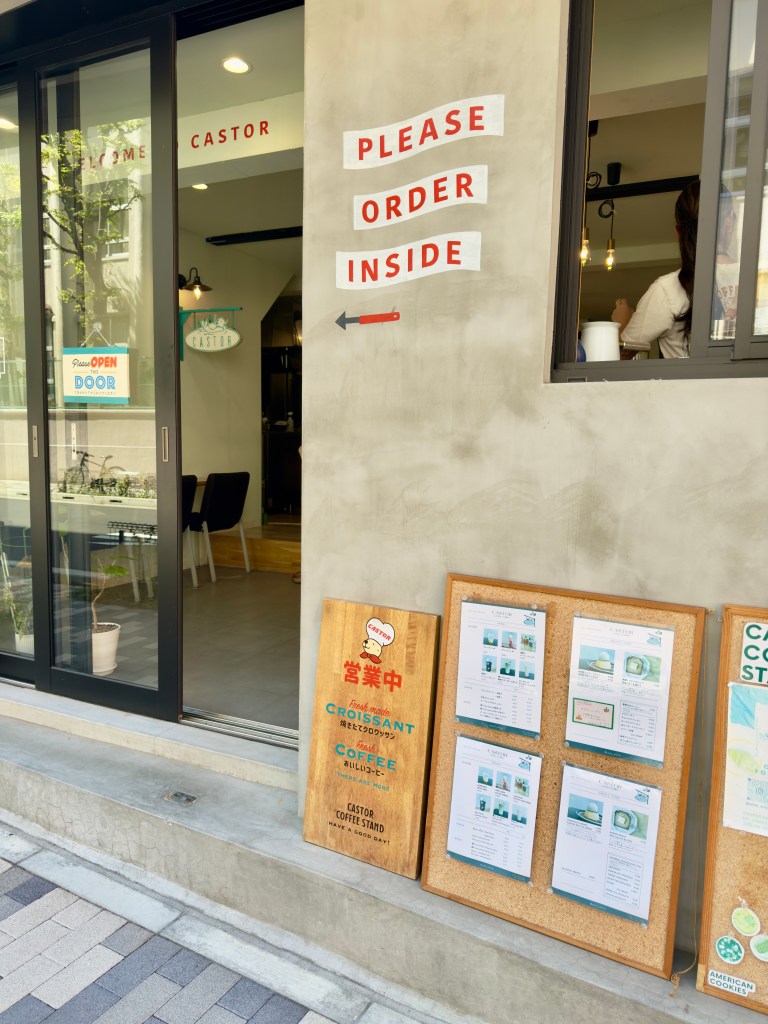 By Andrew Maness
By Andrew Maness
Castor
In its third location since the original concept opened in 1984, Castor & Laboratory was an unexpected and most welcome surprise to us. Founded by husband and wife Kenji and Yoshiko Fujino as a French restaurant with traditional Japanese influences, it evolved into a highly respected bakery and confectionery that also offers monthly cooking classes, hence the addition of Laboratory to the name. The Fujinos’ daughter Takako grew up surrounded by amazing ingredients in a house of chefs, receiving authentic French pastries from her father and simple sweets from her mother. Naturally, once she was old enough, she moved to Paris and worked as a pastry chef to hone the skills that are now on display at Castor. There are many buzzy bakeries to choose from in Tokyo with wonderful-looking pastries, but Castor is a must visit. At the very least, we recommend a plain croissant and slice of almond cake, maybe a fresh fruit parfait as well. Or if you’re looking for a souvenir to take home, try a jar of their housemade preserves along with one of Takako’s five books.
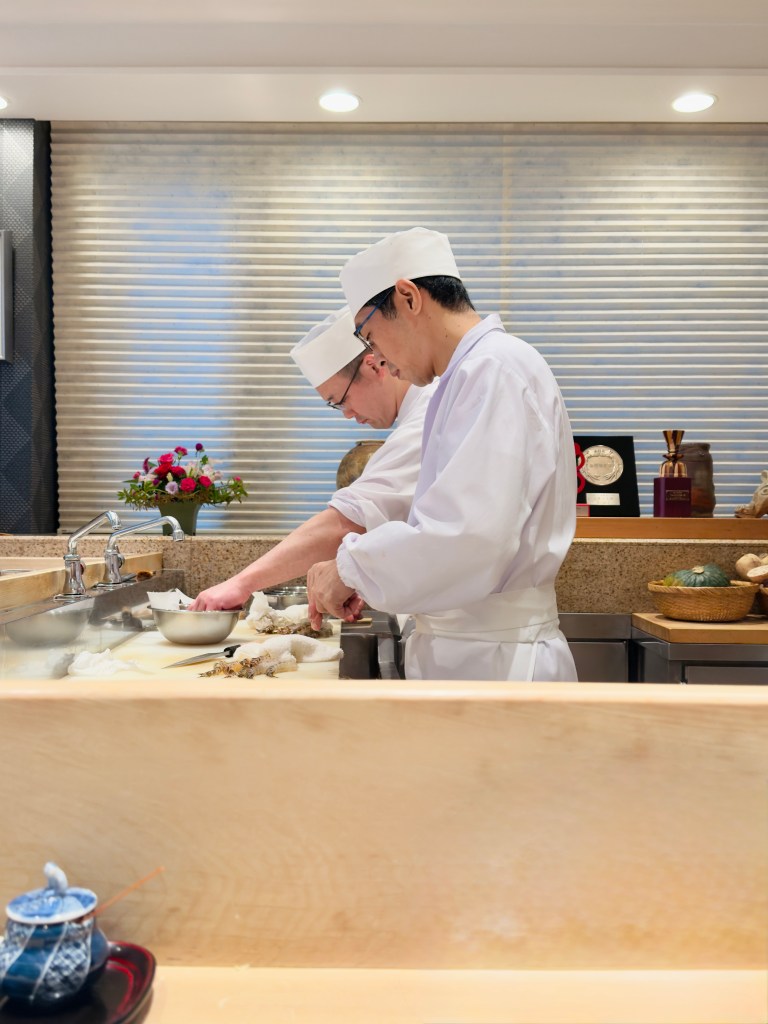 By Andrew Maness
By Andrew Maness
Tempura Kondo
Fumio Kondo’s namesake restaurant is one of the most well-known places to get tempura in Tokyo and it absolutely lives up to the hype. Located in tight quarters in a Ginza high rise, you’d be forgiven for thinking you’re in the wrong place when you arrive, but upon stepping out of the elevator and into the waiting area, Kondo’s belief that “tempura is a dish that chefs use to invite guests” is quickly felt. A reservation is highly recommended given the draw of Kondo’s light and airy tempura vegetables. We heard accents and languages from around the world while sitting at the counter enjoying a Suntory highball with Kondo’s signature sweet potato tempura. Peering out the windows at more of Ginza’s high rises only adds to the unique sense of place that further enhances an already exceptional meal.
Sushi Fujioka
Conveniently located but challenging to find (to say the least), this basement-level Ginza sushi bar is worth the effort. Any place whose dress code suggests that “in order to enjoy your meal more, please avoid using fabric softeners or perfumes with strong scents” is clearly operating at a high level and should be taken seriously. Owner Hiroki Fujioka’s attention to detail—refined at Michelin-starred establishments around Ginza—paired with Edo-style techniques, results in Edomae sushi that leaves a lasting impression on diners. The sake and wine selection is impressively robust and the knowledgeable staff is happy to offer guidance should you opt out of the Omakase & Pairing dinner. We suggest, however, that you try the pairing and soak up every second of the 2-hour experience that will leave you full but craving more.
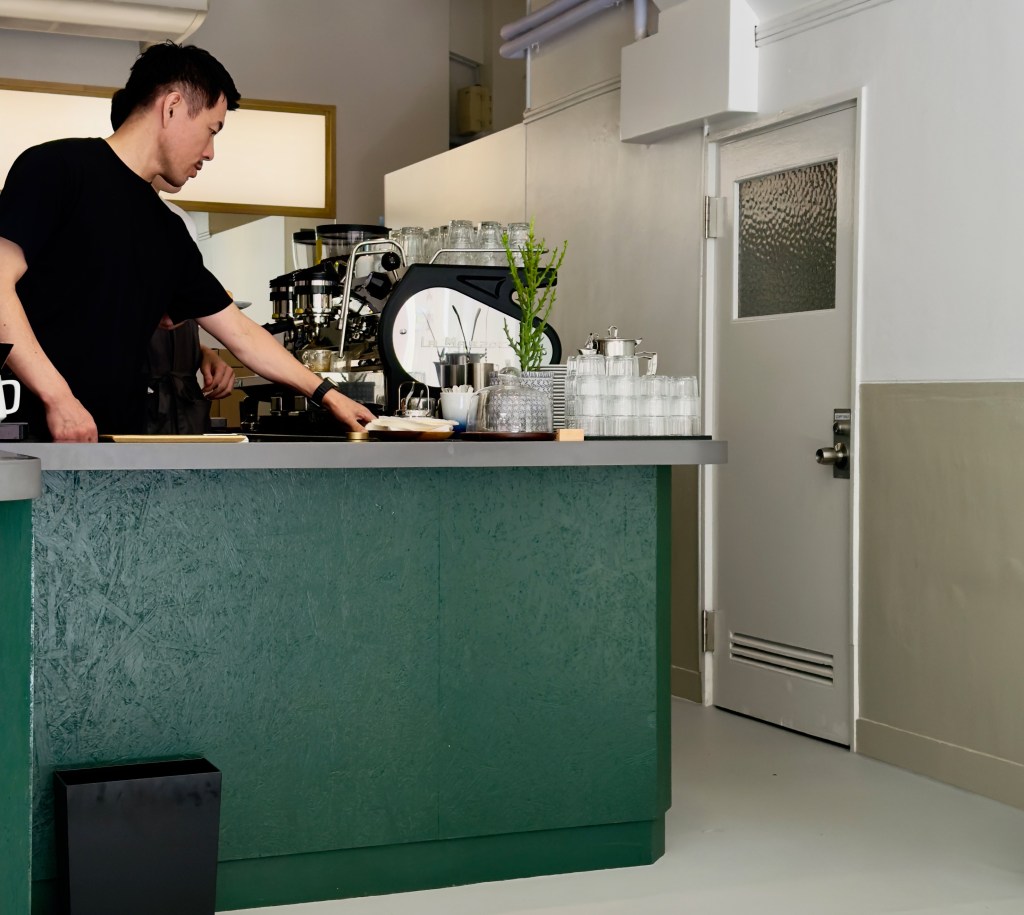 By Andrew Maness
By Andrew Maness
Nexpect Coffee
Tokyo has seemingly endless coffee shop options and making a decision on which one to visit often comes down to what’s most convenient. That being said, we came from way across town for a repeat visit to Nexpect Coffee because it is that good. You can smell the place before you can see it, and once inside you’re treated to a relaxed minimalist space that encourages you to savor the moment. Whether you opt for pour over or espresso (or both depending on the length of your visit) you’re in for a treat with top quality beans from Norway’s Tim Wendelboe. Orders are processed through an easy-to-use screen and then you simply hand the barista your ticket, allowing them to focus their attention entirely on making superior coffee. As an added bonus, no laptops are allowed, keeping the vibe elevated. Bring a book and hope for a beautiful day when the doors to the street are open.
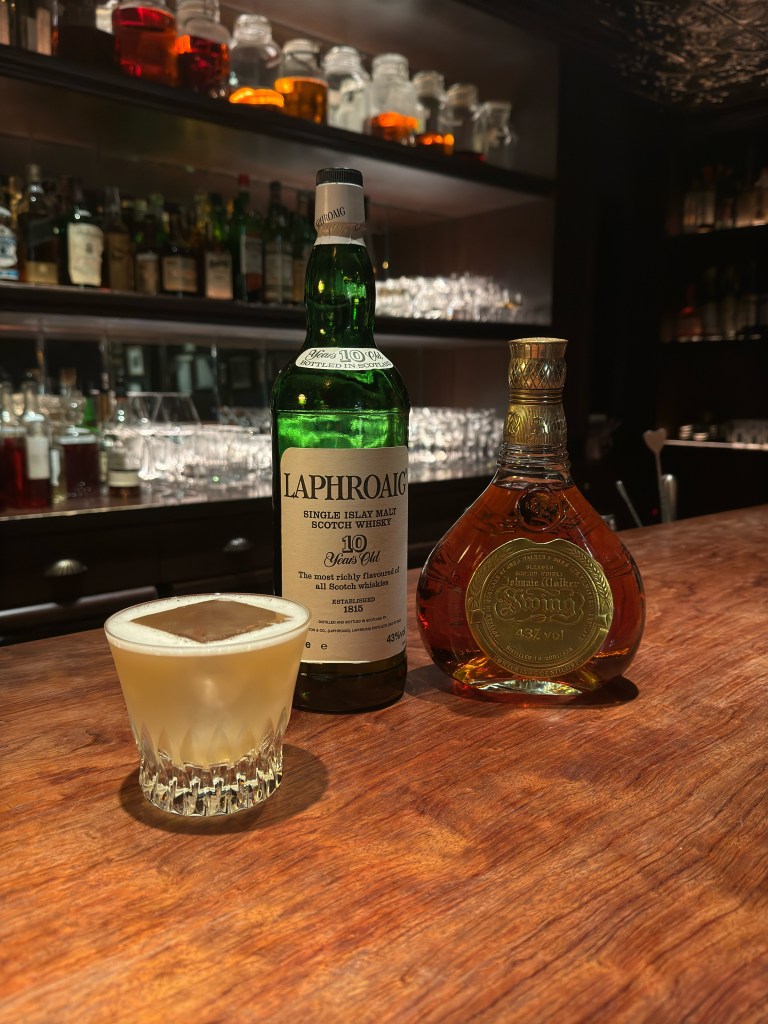 By Andrew Maness
By Andrew Maness
Mixology Heritage
Intimate bars with exceptionally good craft cocktails are abundant in Tokyo. Mixology Heritage, however, is a step above any other bar seat we occupied during our time in the city. Perhaps that’s why we found ourselves returning for a nightcap after starting our evening there—twice. Operated by Spirits & Sharing Co., the bar is another tastefully executed concept by CEO Shuzo Nagumo with master bartender Manabu Ito at the helm. As the name suggests, Mixology Heritage focuses on paying tribute to and elevating classic cocktails. Beyond the decor and staff who embody Ito’s attention to detail, what distinguishes the bar is the selection of vintage spirits and the way they’re incorporated into specialty drinks. What started as selectively sourcing forgotten bottles has turned into guests often bringing in dusty finds for Ito, and the results are singular cocktails that one can only enjoy here. A Negroni made with a blend of Gordon’s gin from 3 different decades, Campari from the 1970s and sweet vermouth from the 1980s is unlike any other version we’ve had. The same goes for a whisky sour that incorporates vintage Jonnie Walker “Swing” as the primary spirit, pairing the blended scotch with perfectly foamed fresh egg white and a mist of Japanese whisky. Regardless of what you’re drinking at Mixology Heritage, you’ve done yourself a favor just by making your way to the Hibiya Okuroji development under the old elevated railway bridge, which in and of itself feels like stepping back in time.
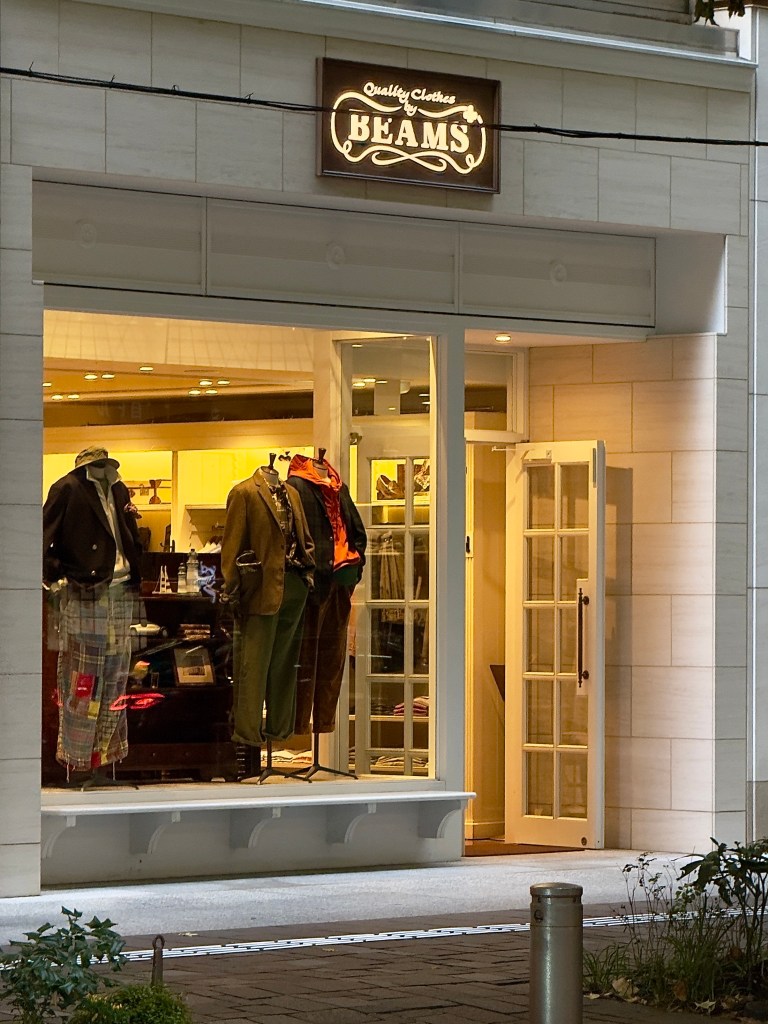 By Andrew Maness
By Andrew Maness
BEAMS+ Marunochi
In their own words, BEAMS+ “started in 1999 to house timeless men’s clothing, remembering the good-old American styles that BEAMS grew up on. Such original styles are kept alive in a lineup of original, import, vintage pieces and accessories, while BEAMS+ is not merely revival or nostalgia, but instead a pursuit of authenticity in next generation casual wear.” If that sounds appealing, you’ll absolutely want to make your way to the Marunouchi BEAMS+ store, one of two locations in Tokyo. Unlike the BEAMS department store locations (which are absolutely worth visiting, the Ginza flagship in particular), this store intentionally feels like a local tailor shop that specializes in affordable yet very well-made basics. Simply put, BEAMS+ is a reminder what large American brands used to do so well before moving production abroad.
Word of Mouth: Tokyo East

AloJapan.com